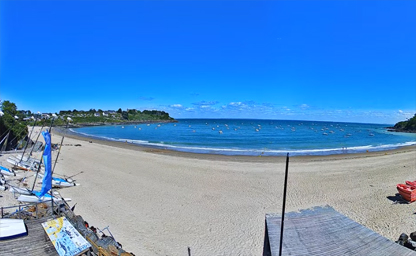
Plage de Port Mer
Situated on the northern coast of Brittany

Situated on the northern coast of Brittany
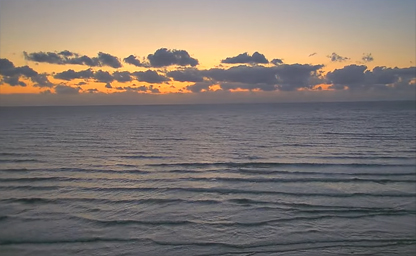
A commune in the Somme department in Hauts-de-France
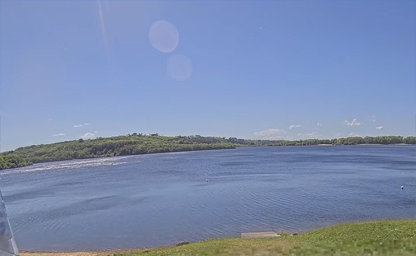
Situated on the Elorn River between Commana and Sizun
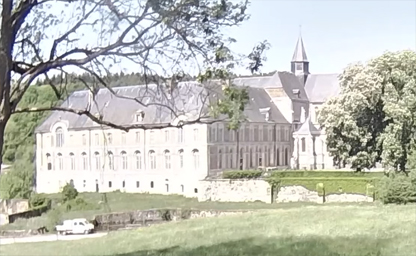
A grand Premonstratensian monastery complex in Southern France
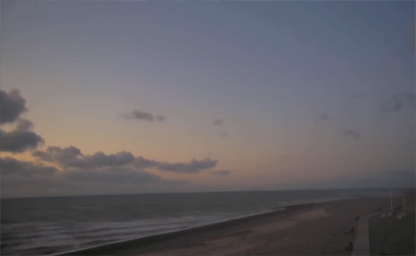
Two distinct, yet connected, seaside towns in northern France
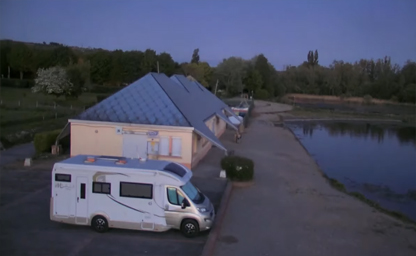
A commune in the Somme department in Hauts-de-France
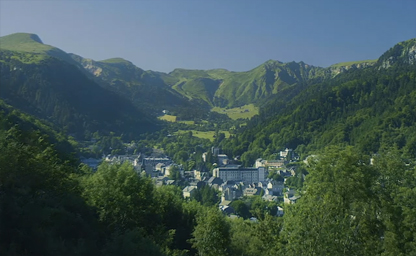
A commune in the Puy-de-Dôme department
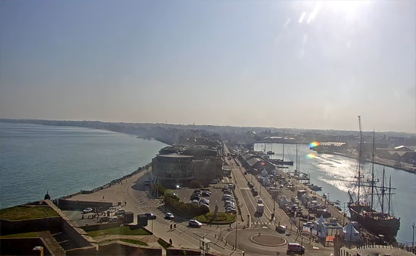
St Malo port is closer to Brittany's beaches and holiday attractions than most other French ports
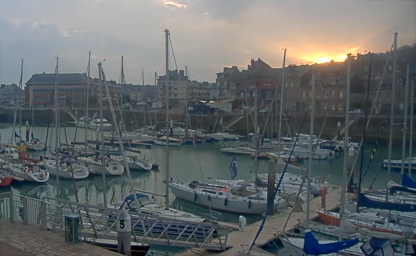
A commune in the Seine-Maritime department in the Normandy region
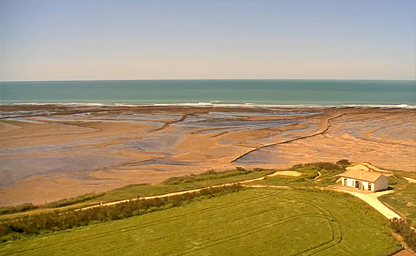
Situated at the northern tip of the island of Oléron
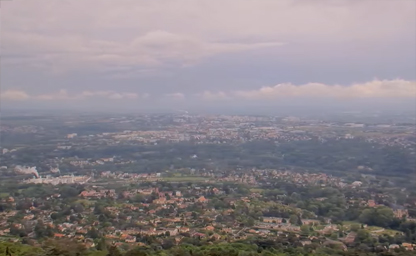
A climb in the region Auvergne-Rhône-Alpes
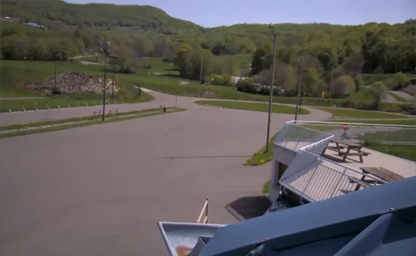
Situated under an hour from Lyon and Geneva
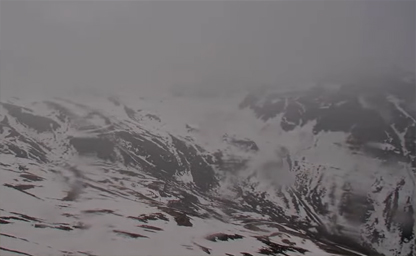
It is located in the territory of the commune of Montvalezan
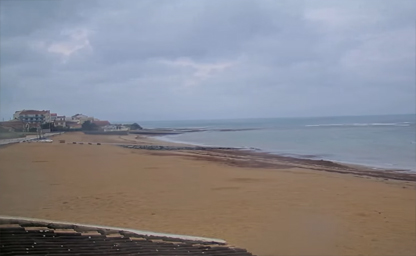
Between the sea, forest, and dunes, 10 minutes from your Sol à Gogo campsite in Vendée
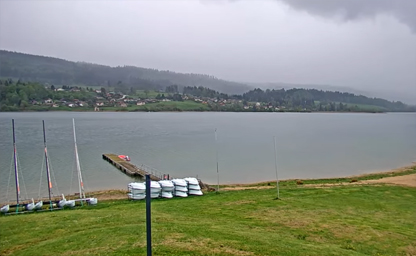
Located in the Bourgogne-Franche-Comté region in eastern France
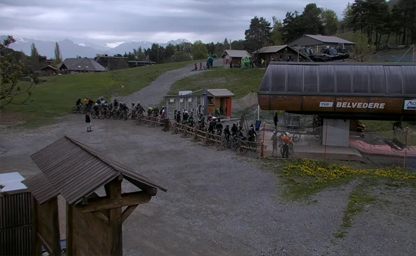
A ski resort in the Blanche Serre-Ponçon valley
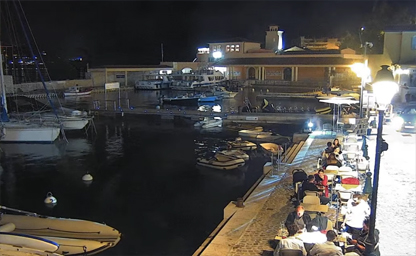
Situated north of the citadel
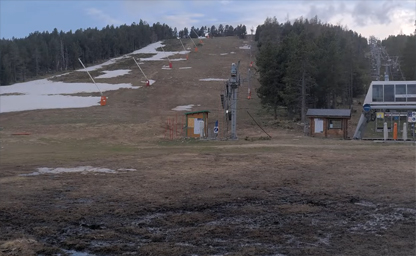
Located on the heights of the winter sports resort of Font-Romeu
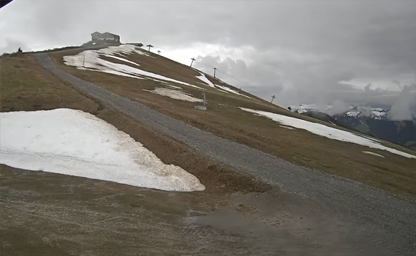
A commune in the Haute-Savoie department
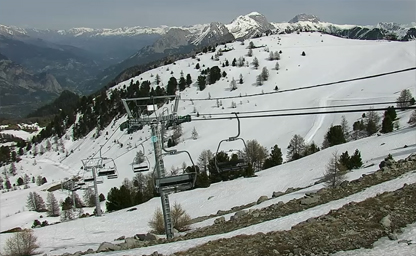
Discover wild beauty from the Ubaye side of Montclar les 2 vallées
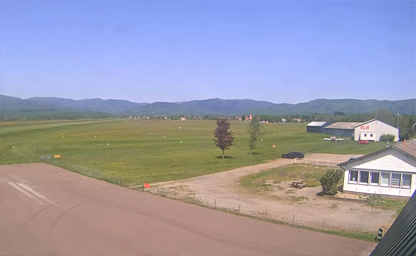
A commune in the Territoire de Belfort department in Franche-Comté
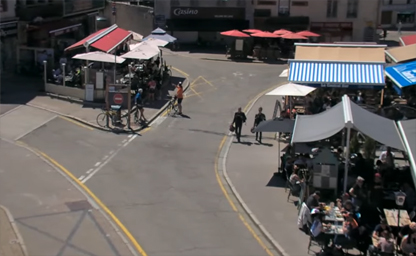
A commune in the Isère department of the Auvergne-Rhône-Alpes
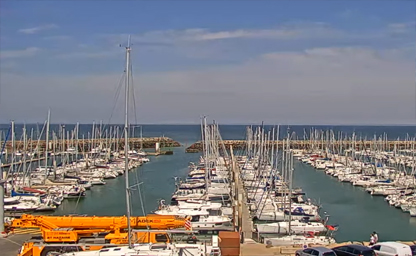
A commune in the Loire-Atlantique department in western France
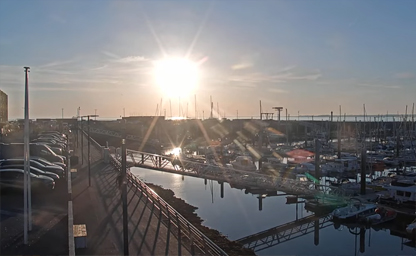
A commune in the Côtes-d'Armor department of Brittany
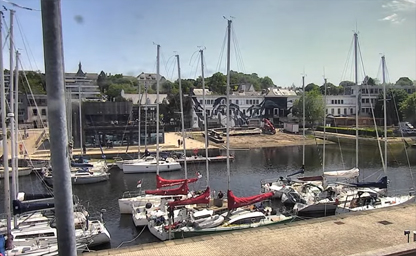
The marina situated in the heart of the historic city
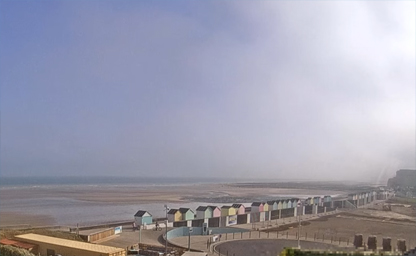
A commune in the Côte-d'Or department
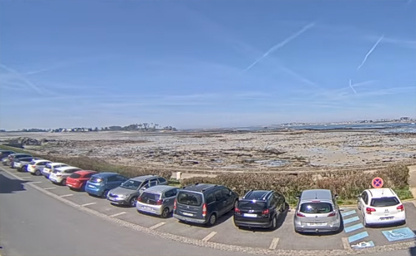
An island off Roscoff in Brittany
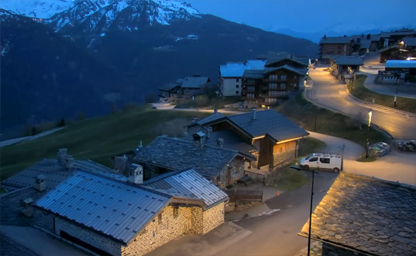
It is located in the territory of the commune of Montvalezan
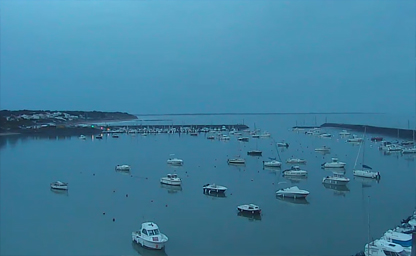
Located in the Pays de la Loire region in western France
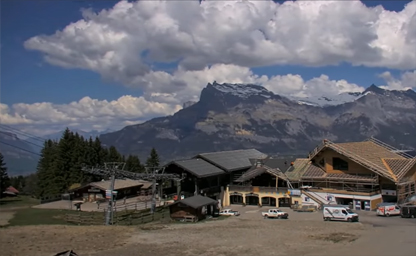
Saint-Gervais – Front door of the Evasion Mont-Blanc ski resort
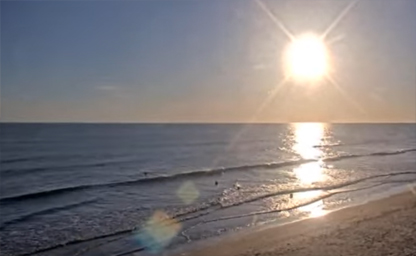
It is particularly well-suited for discovering and practicing land yachting, surfing, and water walking
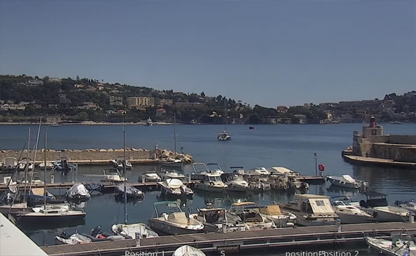
Villefranche sur Mer is one of the prettiest towns on the French Riviera
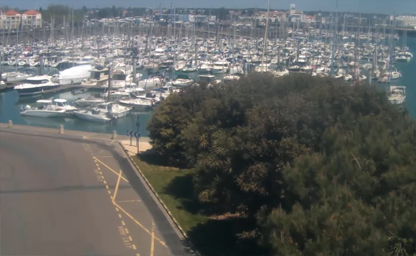
It is the leading marina in the Vendée
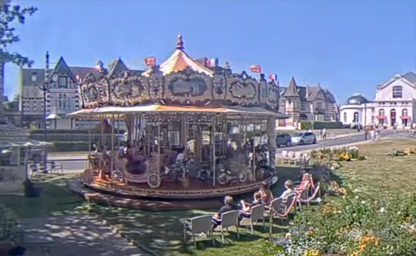
Serves as an exhibition space that Cabourg offers to artists to showcase their work
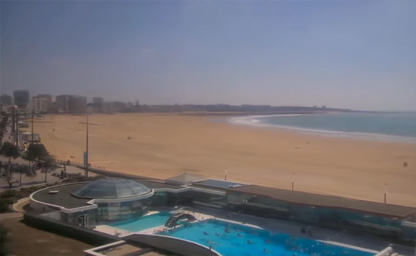
A seaside resort and port on the Atlantic coast of western France
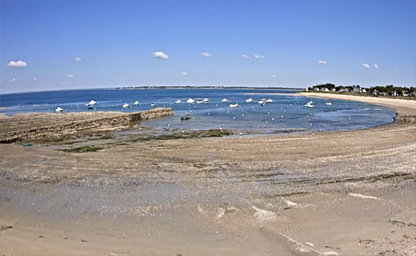
Near the town center of Quimiac is the large Lanséria Beach
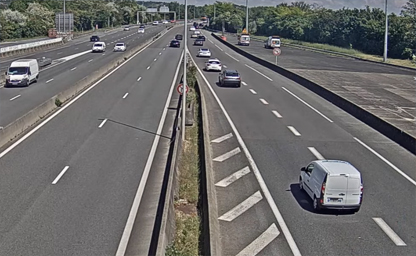
Over 2,000,000 car journeys are made daily in the Greater Lyon Metropolitan Area
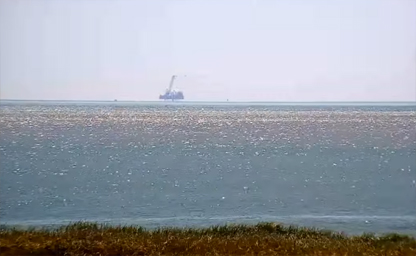
Enjoy a wealth of experiences on the island of Noirmoutier
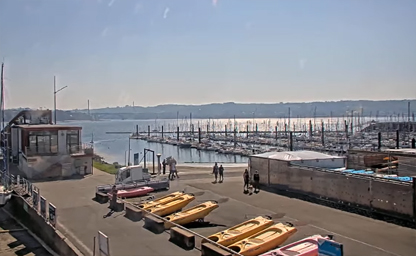
The port of Moulin Blanc is located at the mouth of the River Elorn
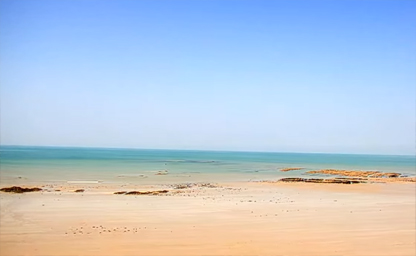
A commune in the Manche department in Normandy
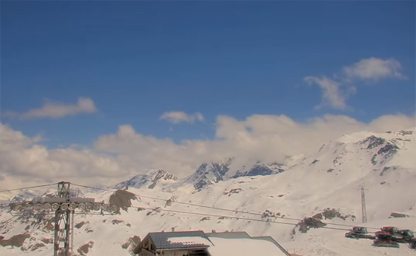
The Roche de Moi gondola with a link to the glacier
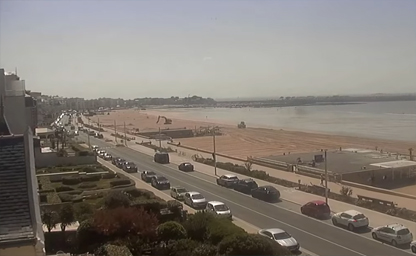
Putting you a short five-minute walk from La Baule Beach
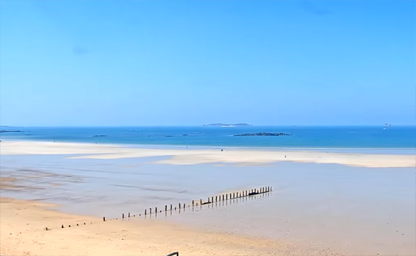
It’s the perfect place for a luxurious and healthy break in the heart of Monaco
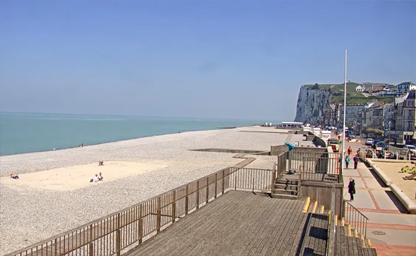
Delightful seaside town with easy parking
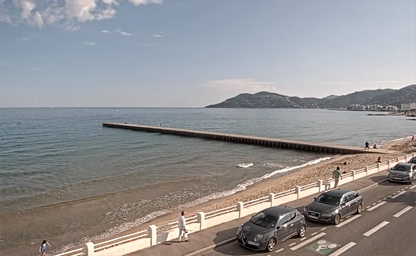
Cannes City Hall has set up a network of three webcams and two real-time weather stations
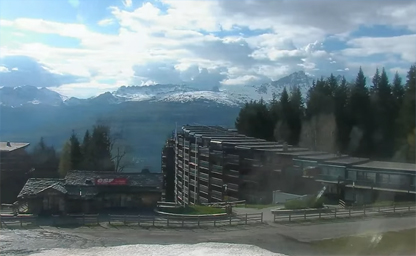
The mountain has gradually transformed into a space for leisure and living throughout the 20th century
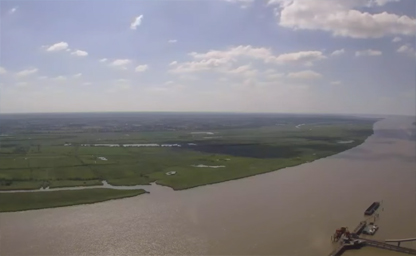
The Loire River between the Maine River and the sea
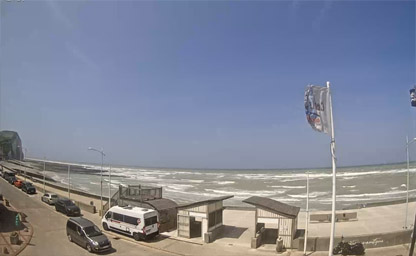
A commune in the Seine-Maritime department in the Normandy region
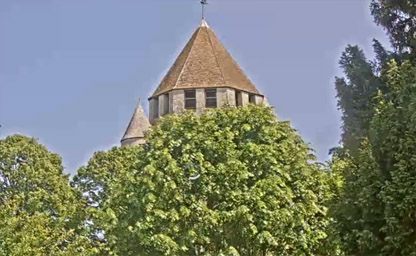
A powerful symbol of the strength once held by the Counts of Champagne
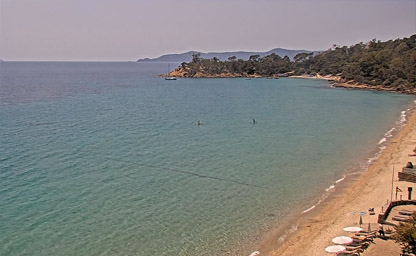
In the Provence-Alpes-Côte d'Azur region in Southeastern France
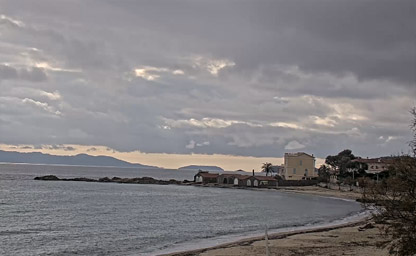
A sand beach located near Le Lavandou in France
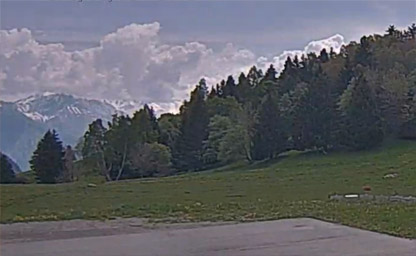
In the Auvergne-Rhône-Alpes region in south-eastern France
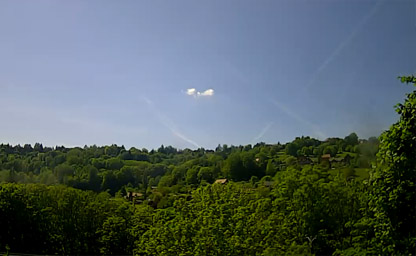
A commune in the Haut-Rhin department in Grand Est
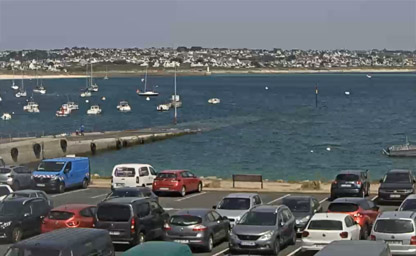
It was merged into Audierne commune
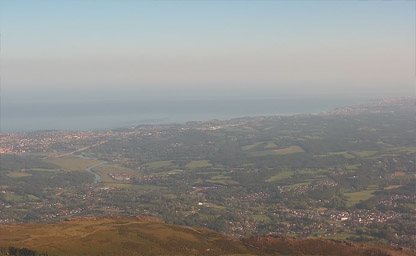
Discover a panoramic view across the Atlantic Ocean and the Pyrenees
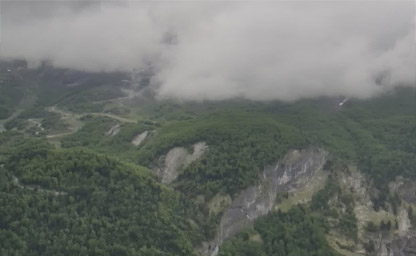
In the département of Pyrénées-Atlantiques
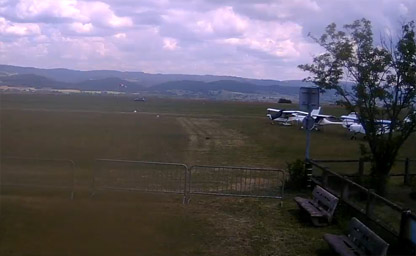
A commune in the Puy-de-Dôme department in Auvergne-Rhône-Alpes
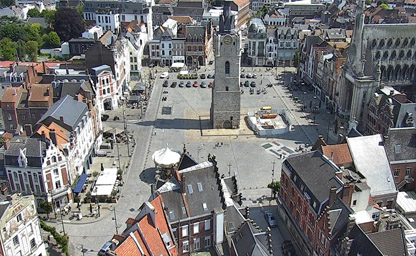
Sub-prefecture of the Pas-de-Calais department
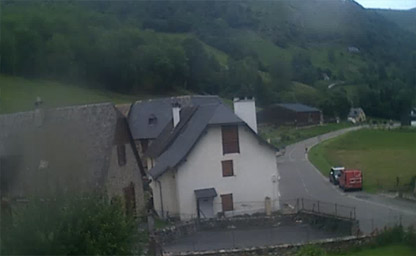
A commune in the Hautes-Pyrénées department
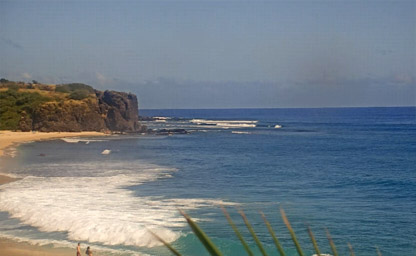
A resort village on the west coast of Réunion Island
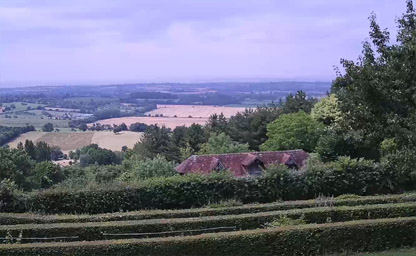
A commune in the Manche department in Normandy
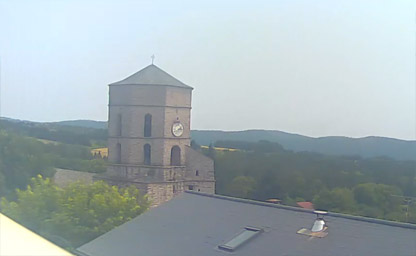
Located in the Aude department and Occitanie region
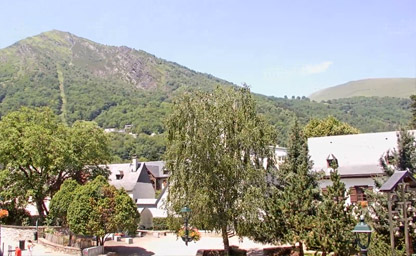
In Hautes-Pyrénées 80 km south of the département's capital Tarbes
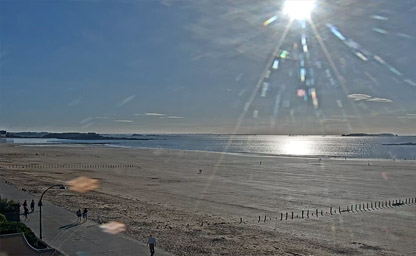
A historic French port in Ille-et-Vilaine, Brittany
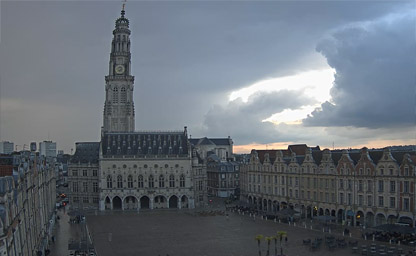
The main square in the town of Arras in northern France
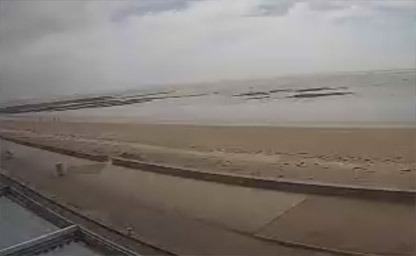
A commune in the Morbihan department of Brittany
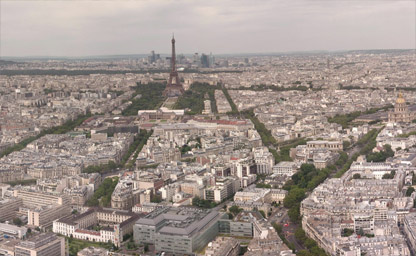
See Paris as if you were really at the top
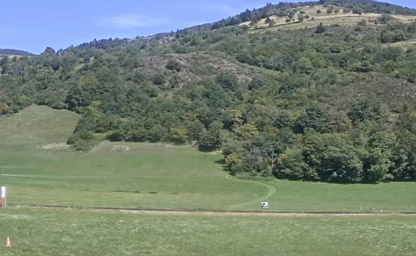
A commune in the Haut-Rhin department in Grand Est
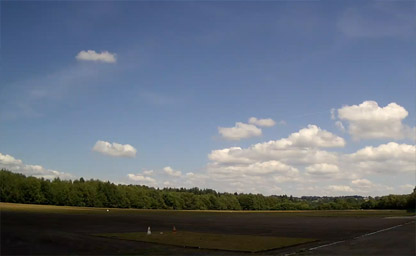
A commune in the Corrèze department
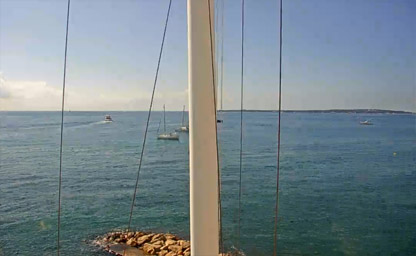
Ideally situated between Cannes and Antibes
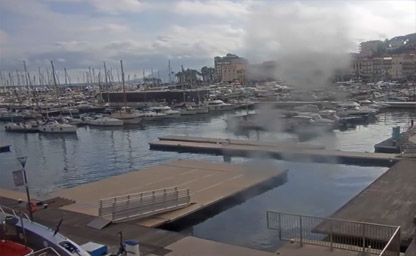
A French yachting harbor situated in Antibes on the French Riviera
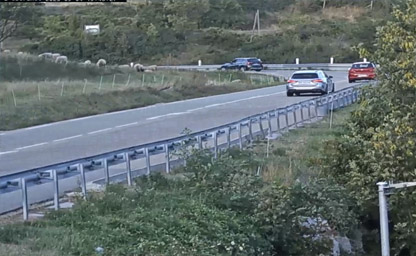
Tour de France route and mountain pass scaling 2,582-feet
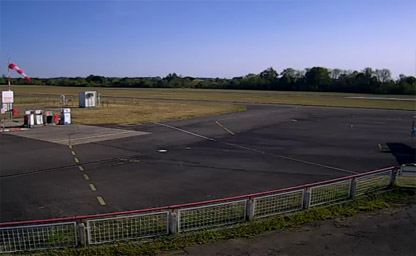
A commune in the Tarn-et-Garonne department
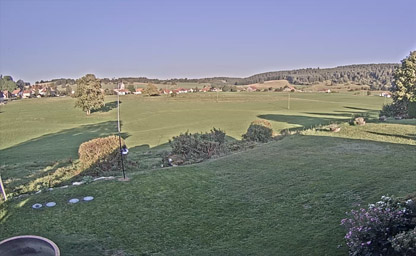
Located in the region of Bourgogne-Franche-Comté in eastern France
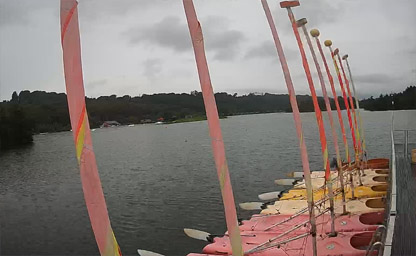
A commune in the Seine-Maritime department in the Normandy region
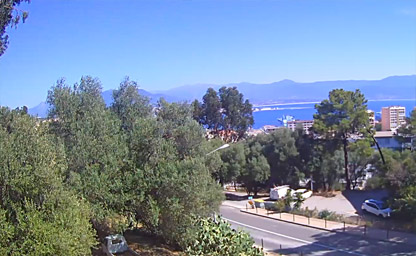
A French island in the Mediterranean Sea
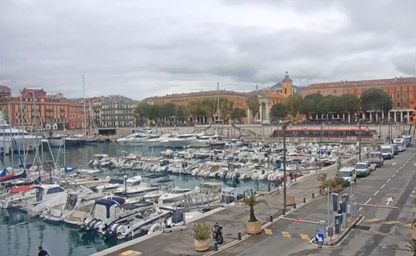
Breathtaking views over the city’s most iconic landmarks
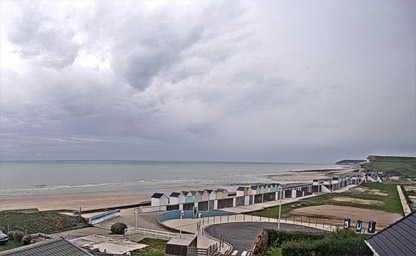
A commune in the Calvados department
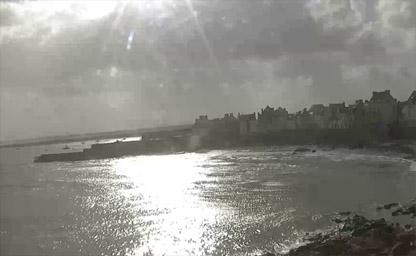
A Breton island in the Atlantic Ocean
Located in the Bourgogne-Franche-Comté region in eastern France
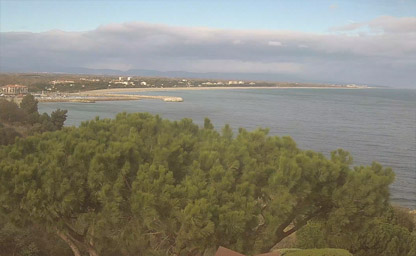
A town on France’s Mediterranean coast
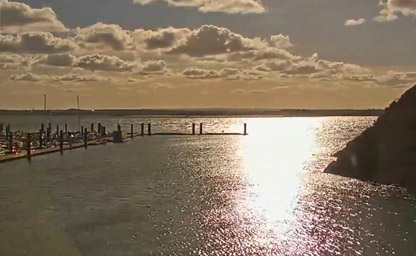
Located on the north coast of Finistère, Brittany
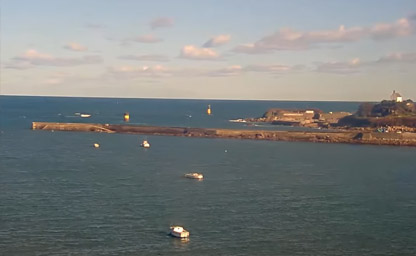
This tower is a magnificent landmark for the town of Roscoff
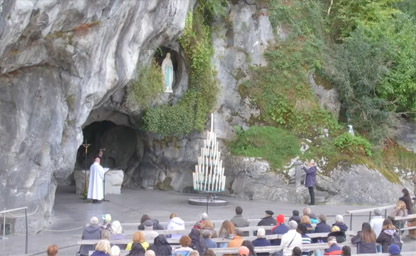
A Catholic Marian shrine and pilgrimage site dedicated to Our Lady of Lourdes
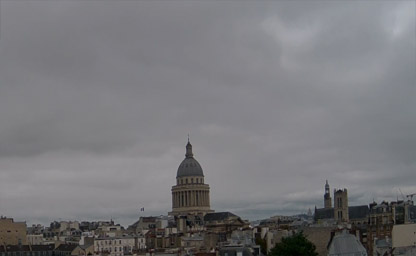
A monument in the 5th arrondissement of Paris
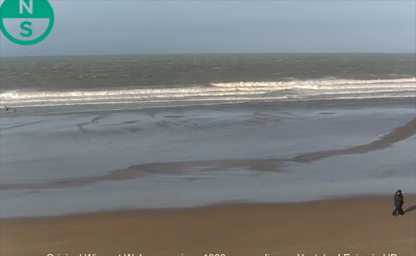
A pleasant seaside village set on a 12 kilometre long sandy beach on the Opal coast
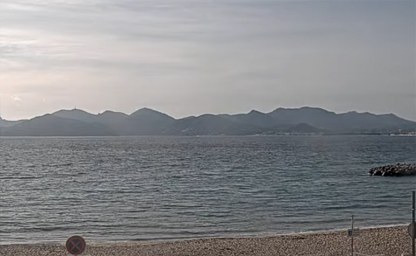
A breathtaking view of one of Cannes' most picturesque spots
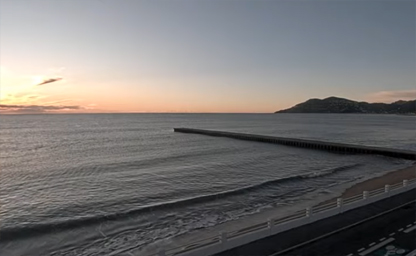
The sandy Thalès Beach, towards the south edge of the Bay of Cannes
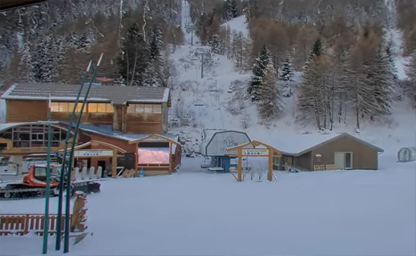
A ski resort in the Maurienne Valley
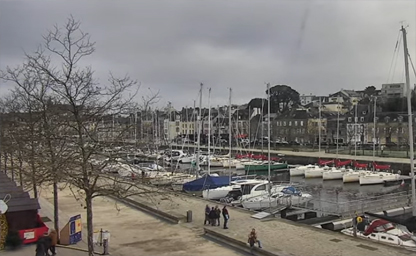
The harbour displayed is along Le Marle River
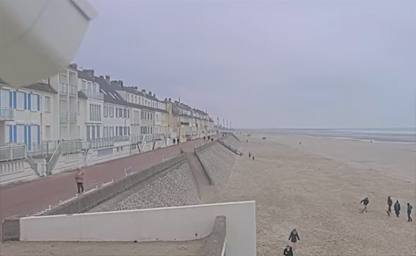
A sea fort by the commune of Ambleteuse in the Pas-de-Calais
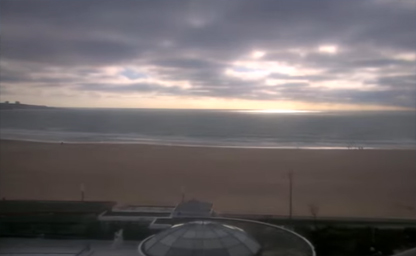
A seaside resort and port on the Atlantic coast of western France
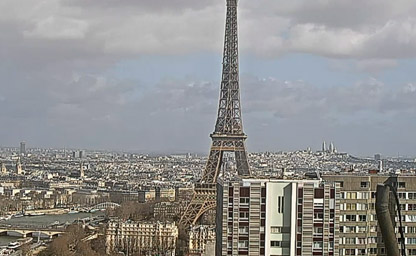
Watch the beautiful Eiffel Tower on the only trip to the top of its kind in Europe
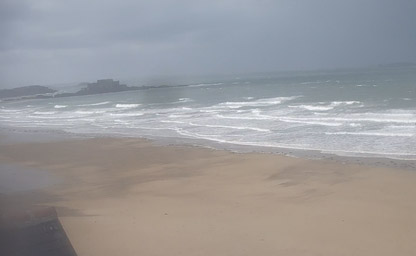
On the beautiful walkway along the large Sillon beach
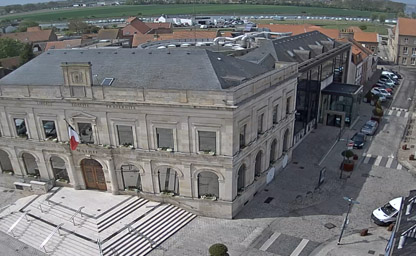
The public square in Place de l'Hôtel-de-Ville – Esplanade de la Libération
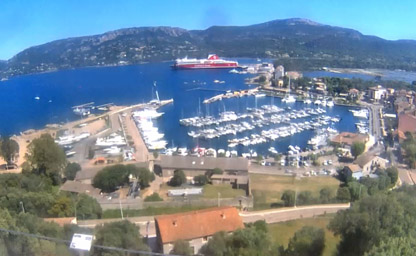
A port town on the French island of Corsica
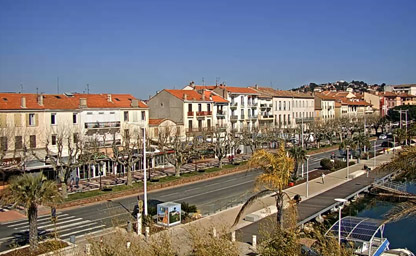
Vieux Port Santa Lucia Boulouris Agay Ancres à Vis
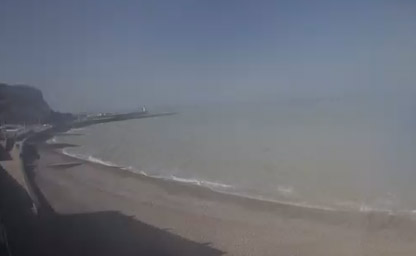
Located on the marina overlooking the sea
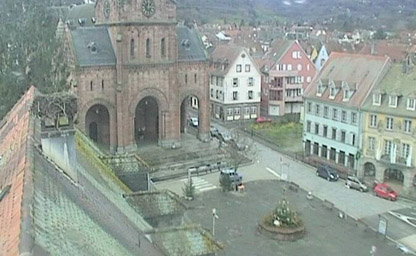
En direct de Munster
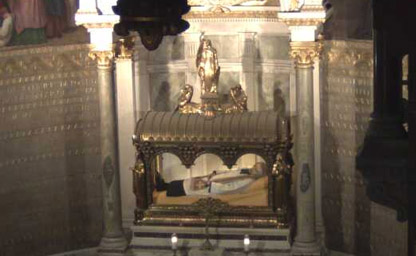
Located at the entrance to the choir of the old church
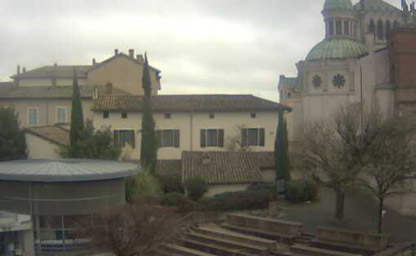
Come and pray and discover Saint JohnVianney
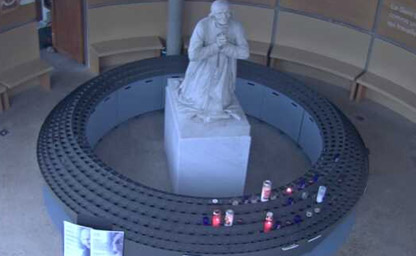
The discovery of the saint's church, of the basilica, where his body is kept
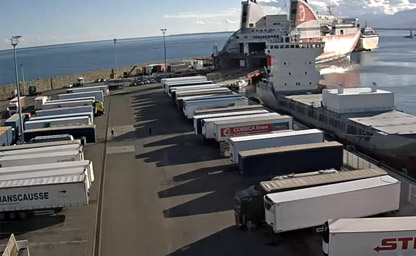
The port of Bastia provides nearly 60% of Corsica’s global maritime traffic
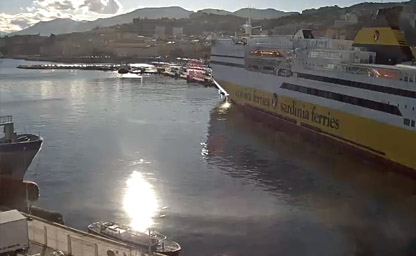
Situated on the northern side of the Saint Nicolas square
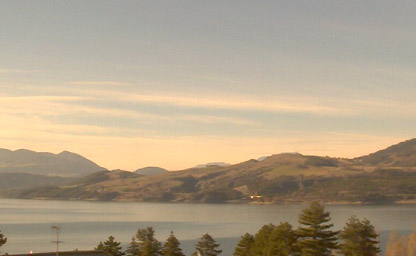
From the lake of Serre-Ponçon
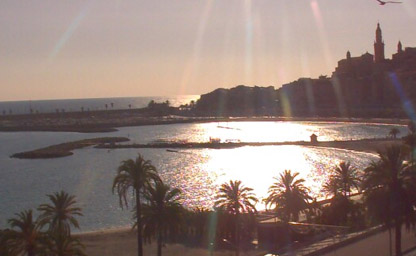
Located by the sea, in the picturesque bay of Garavan
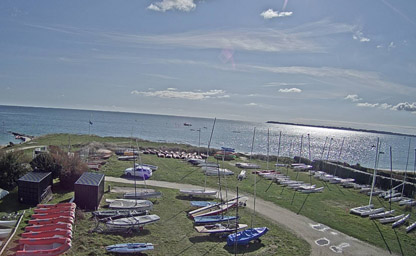
Enjoy the Lorient playgrounds and its exceptional bodies of water
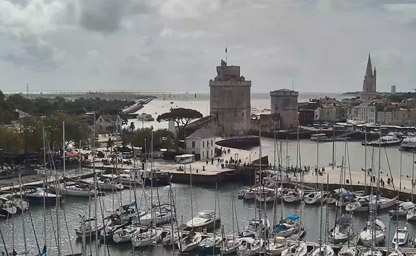
The city's summer and nightlife is concentrated
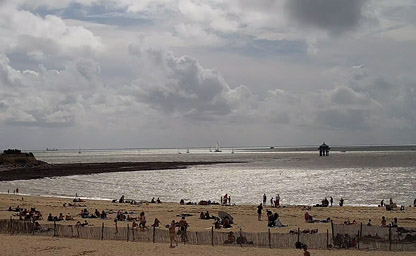
The largest beach in the city of La Rochelle
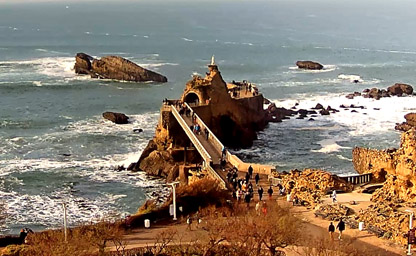
With live webcam, enjoy the Virgin's Rock in Biarritz wherever you are
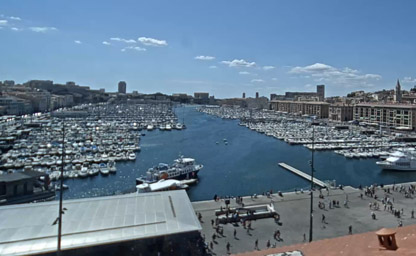
Locate nearby the Vieux Port of Marseille
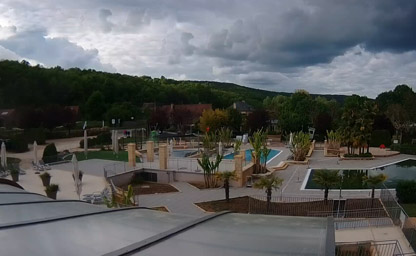
Located along a riverbank in the Vézère Valley of the Dordogne
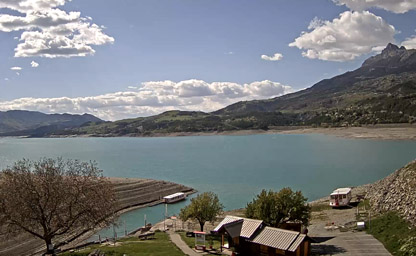
Panoramic view overlooking a beautiful garden, the lake and the mountains that surround it
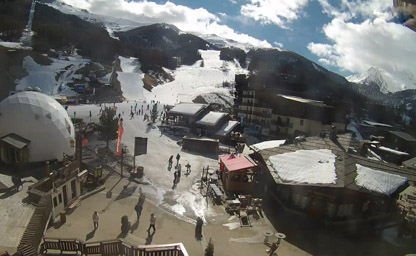
Panoramic view from hotel Escale Blanche
Live streaming cameras have revolutionized the way visitors experience France’s world-renowned tourist spots by offering real-time views of bustling cityscapes and serene landscapes alike. Whether you’re watching the twinkling lights of the Eiffel Tower at night, observing the gentle waves along the French Riviera, or catching the early morning bustle at Mont Saint-Michel, these webcams provide an immersive glimpse into the heart of France’s iconic destinations.
Many travelers now rely on France webcams to plan their trips, get a feel for the local atmosphere, and even check the weather conditions before setting out. Popular live streaming cameras capture dynamic scenes in cities such as Paris, Lyon, and Marseille, allowing viewers to experience everything from the vibrant street life of Champs-Élysées to the tranquil charm of village squares in Provence. This digital window into French culture is a must-see for those curious about “live stream Paris,” “Eiffel Tower cam,” or “French Riviera live cam.”
The integration of live streaming technology has also transformed the travel industry by providing a platform for virtual tourism. As travelers worldwide search for “France live cams” or “real-time France webcams,” they are able to virtually visit historical landmarks, bustling markets, and quiet natural reserves without leaving their homes. This accessibility has not only sparked wanderlust but also allows people to experience the beauty and diversity of France in a uniquely interactive way.
Moreover, the quality and reliability of these streaming cameras continue to improve, offering high-definition views that capture even the smallest details of France’s scenic vistas. For instance, panoramic views of the Seine River, live feeds of beach scenes on the Côte d’Azur, and close-ups of vibrant public squares provide a level of clarity that makes viewers feel as if they are right there on the spot. This technological advancement has turned live streaming into an essential resource for travelers and locals alike.
In addition to serving as travel planning tools, live streaming cameras from tourist spots across France have become popular among educators, bloggers, and social media influencers. They offer a practical way to illustrate real-time examples of French culture, architecture, and nature, often sparking discussions around topics like “best travel cams in France,” “real-time French landmarks,” and “France streaming tours.” These interactive platforms help bridge the gap between virtual and physical experiences, enriching the understanding of France’s historical and contemporary charm.
Beyond the well-known sites, live streaming cameras also highlight some of France’s hidden gems. Remote areas, such as the picturesque villages of the Dordogne or the scenic vineyards in Burgundy, can be explored through dedicated webcams that capture the authentic, everyday life of these regions. By searching for “hidden gems France live stream” or “Burgundy vineyard cam,” enthusiasts can discover lesser-known attractions that offer a glimpse into the quieter, yet equally captivating, side of French culture.
These live streams not only serve as a window into France’s diverse landscapes but also act as a bridge connecting past and present. Historic sites like the ancient walls of Carcassonne and the majestic chateaux of the Loire Valley are brought to life through live cameras, providing a continuous record of France’s rich heritage. Whether it’s the hustle and bustle of modern urban centers or the serene pace of rural life, live streaming technology captures the essence of what makes France a perennial favorite among travelers.
With live streaming cameras, virtual visitors can experience the changing moods of France throughout the day. From sunrise over the lavender fields in Provence to the glittering city lights of Paris at dusk, these cameras highlight the natural rhythms and seasonal transformations that define the French landscape. Searches for “sunrise live stream France” or “evening views France cam” have become increasingly popular among those who appreciate the fleeting beauty of these moments.
Furthermore, the interactive nature of many live streaming platforms encourages viewers to engage directly with the content, providing real-time updates and insights about ongoing events and local happenings. Whether it’s a cultural festival in Nice, a spontaneous street performance in Montmartre, or a local market coming to life on a summer day, live cams allow users to witness these events as they unfold. This immediacy not only enhances the travel experience but also promotes a deeper connection to the dynamic lifestyle and traditions of France.
In essence, live streaming cameras have become an invaluable asset for anyone interested in exploring France, offering a virtual tour that is both informative and inspiring. They encapsulate the spirit of French tourism by merging cutting-edge technology with the timeless allure of historic landmarks and natural wonders. As more travelers turn to these digital portals for a preview of what awaits them, the popularity of terms like “France webcams,” “live stream French landmarks,” and “virtual tour France” continues to grow, cementing their place in the modern travel landscape.
New tip: For the best experience, bookmark a few of your favorite live streaming websites so you can easily check on France’s weather and events in real time, ensuring your travel plans are always perfectly timed. An interesting fact: Some of the live streaming cameras are strategically positioned near historic sites and popular attractions, offering not only a real-time glimpse of the surroundings but also curated information about the location’s history and cultural significance, making each stream an educational journey in itself.
France’s history is a tapestry woven with rich cultural evolution, epic battles, revolutionary ideals, and artistic brilliance that has influenced not only Europe but the entire world. The legacy of ancient Gaul, the resilience of medieval kingdoms, the drama of the French Revolution, and the splendor of the Napoleonic era all play vital roles in shaping modern French identity. Travelers exploring France today often search for “French history tours,” “historic sites in Paris,” and “medieval castles in France,” seeking to immerse themselves in the heritage that is as complex as it is captivating.
The story of France begins in the distant past with the ancient Gauls, a Celtic people whose traditions and art laid the groundwork for what would later become a nation renowned for its cultural and intellectual achievements. The Roman conquest introduced advanced engineering, architecture, and legal systems, many remnants of which are still visible in landmarks like the Pont du Gard and the ruins of ancient cities that dot the French countryside. This period of Roman influence created a fusion of cultures that eventually evolved into the medieval society that defined early France.
During the early medieval period, France emerged as a mosaic of feudal states and principalities, each ruled by local lords and kings whose dynastic ambitions led to centuries of intrigue and warfare. Iconic figures such as Charlemagne, whose empire in the 8th and 9th centuries laid the foundations for modern Europe, played a crucial role in uniting disparate territories. Castles, abbeys, and fortifications, many of which still stand today, serve as silent testimonies to a time when military prowess and religious fervor intertwined to shape the destiny of the land.
The evolution of French society accelerated during the Renaissance, a period marked by a revival of art, science, and literature. Paris, often regarded as the cultural capital of the world, became a hub of intellectual and artistic innovation. This era gave birth to legendary artists like Leonardo da Vinci, who spent his final years in France, and writers whose works continue to be celebrated globally. Tourists frequently search for “Renaissance art in France,” “Paris museums,” and “historic French architecture” to experience firsthand the brilliance of this transformative period.
The French Revolution of 1789 remains one of the most pivotal events in world history, fundamentally altering the course of the nation and setting a precedent for democratic ideals across the globe. The storming of the Bastille, the rise and fall of revolutionary governments, and the eventual emergence of Napoleon Bonaparte are all chapters in a dramatic narrative of struggle, sacrifice, and renewal. Today, iconic sites such as the Place de la Bastille and the Conciergerie stand as powerful reminders of the revolutionary spirit that helped forge modern France. Keywords such as “French Revolution history,” “Napoleon Bonaparte,” and “historic Paris landmarks” are frequently used by travelers who are eager to delve into the dramatic events that reshaped French society.
Napoleon’s reign further transformed France, establishing legal frameworks and administrative structures that continue to influence modern governance. His ambitious military campaigns and subsequent exile created a legacy of both triumph and tragedy. Monuments like Les Invalides in Paris honor the valor and complexity of this era, attracting visitors who are fascinated by stories of strategic genius and human resilience. The impact of these historical periods resonates in every corner of France, from the grand boulevards of Paris to the quaint villages of Provence.
The turbulent centuries that followed saw France oscillate between monarchy, empire, and republic. Each phase brought its own challenges and achievements, contributing to a national identity that is proud, innovative, and deeply rooted in a tradition of liberty, equality, and fraternity. Today, the country’s diverse museums, chateaux, and memorials allow travelers to explore the layers of French history, from the remnants of Roman civilization to the modern-day celebrations of national heritage. Searches for “French heritage sites,” “historical France tours,” and “European history travel” highlight the global fascination with the nation’s illustrious past.
Beyond political and military milestones, the history of France is also marked by its contributions to art, science, and philosophy. The Enlightenment period, characterized by a fervor for knowledge and critical thinking, produced some of the world’s most influential philosophers and scientists. Figures such as Voltaire, Rousseau, and Descartes challenged conventional wisdom and laid the intellectual groundwork for modern democratic and scientific thought. This era of enlightenment continues to inspire academic and cultural tourism, with many visitors seeking “French Enlightenment,” “philosophical tours in France,” and “historic intellectual landmarks.”
Regional histories further enrich the national narrative. From the Breton traditions in the northwest to the Occitan culture in the south, each region of France offers its own unique stories, customs, and dialects. Historical trade routes, wartime battlegrounds, and centuries-old vineyards tell tales of local resilience and innovation. Areas such as Normandy, with its poignant World War II history, and the Loire Valley, known for its stunning chateaux and royal heritage, remain key attractions for those interested in both local and national history.
The continuity and change in France’s history are reflected in its urban landscapes as well. Modern metropolises like Paris, Lyon, and Marseille seamlessly blend ancient architecture with contemporary design. Historic neighborhoods coexist with bustling modern business districts, providing a vivid tableau that represents the dynamic evolution of French society. Travelers often look for “Paris history tours,” “old town France,” and “historic districts in France” to witness this fascinating interplay between past and present.
France boasts a remarkably diverse climate, ranging from the temperate maritime climate along its extensive Atlantic coast to the Mediterranean climate that graces its southeastern shores, and the continental conditions in the northeastern regions. This climatic diversity not only shapes the natural landscapes and ecosystems of France but also influences the lifestyle, culinary traditions, and cultural practices throughout the country. Enthusiasts of “France weather,” “best time to visit France,” and “climate in Paris” often seek detailed insights into this seasonal variation when planning their travels.
The coastal regions, particularly in Brittany and Normandy, experience a mild and often rainy climate that nurtures lush greenery and rolling landscapes. The influence of the Atlantic Ocean moderates temperatures, making these areas ideal for year-round travel. Frequent travelers search for “Normandy weather,” “Brittany tourism,” and “coastal France attractions” to plan their visits around the pleasant, albeit sometimes unpredictable, maritime climate. These regions are especially popular during the summer months, when the extended daylight and temperate conditions create a perfect setting for exploring historical sites and enjoying outdoor activities.
In contrast, the Mediterranean coast, including famous destinations such as the French Riviera and Provence, enjoys a warm, sunny climate with mild winters and hot summers. This region is renowned for its idyllic beaches, clear blue waters, and vibrant cultural festivals that celebrate the joys of life under the sun. Tourists often search for “Côte d’Azur weather,” “Provence travel tips,” and “best beach resorts in France,” as the Mediterranean climate offers ideal conditions for beach vacations, wine tasting tours, and outdoor dining. The interplay of sea breezes and warm temperatures makes this part of France a magnet for those seeking relaxation and leisure in a picturesque setting.
The interior and eastern regions of France, such as Alsace and the Burgundy region, experience a more continental climate, characterized by colder winters and warmer summers. This seasonal variation creates a dramatic contrast in the landscape, with snow-covered vineyards and frost-laden villages during the winter months, and vibrant, sun-drenched countryside in the summer. Keywords like “Alsace Christmas markets,” “Burgundy wine tours,” and “France autumn colors” reflect the seasonal attractions that draw visitors to these regions. Winter sports enthusiasts also frequent the French Alps, where snow-capped peaks and world-class ski resorts provide an exhilarating backdrop for skiing, snowboarding, and other winter activities.
The climate in France not only defines the natural environment but also plays a crucial role in shaping its culinary traditions. The varied weather patterns influence the local produce, which in turn inspires a rich gastronomic culture. Whether it is the hearty stews and cheeses of the colder regions or the light, fresh flavors of the Mediterranean coast, France’s culinary heritage is a direct reflection of its diverse climate. This culinary connection is frequently explored by food lovers who search for “French cuisine,” “best restaurants in France,” and “gastronomic tours France,” eager to sample regional specialties that are a testament to the country’s environmental bounty.
Seasonal festivals and cultural events further highlight the role of climate in French life. Spring is celebrated with blooming gardens and the festive spirit of events like the Fête de la Musique, while summer brings vibrant outdoor festivals, open-air concerts, and lively markets. The crisp air of autumn sets the stage for harvest festivals and wine celebrations, and winter transforms the cities into magical landscapes of lights and holiday cheer. Searches for “seasonal festivals in France,” “French cultural events,” and “holiday travel France” underscore the importance of the climate in shaping the social and cultural rhythms of the nation.
Environmental concerns and the impact of climate change are also topics of considerable interest in France. The country has taken significant steps toward sustainable tourism, renewable energy, and eco-friendly practices that aim to preserve its natural beauty for future generations. Keywords such as “sustainable travel France,” “eco-tourism in France,” and “green France” are becoming increasingly popular among environmentally conscious travelers who wish to enjoy the country’s beauty while minimizing their ecological footprint.
France’s geography is as diverse as its history and climate, offering an enchanting blend of natural beauty and man-made marvels that captivate every traveler’s imagination. From the towering peaks of the Alps and Pyrenees to the gentle rolling hills of the countryside and the sun-drenched beaches along the Mediterranean, the physical landscape of France is a canvas of dramatic contrasts and vibrant ecosystems. Commonly searched terms like “scenic France,” “geography of France,” and “France travel guide” reflect the global fascination with the country’s stunning natural features.
The French Alps, one of Europe’s most famous mountain ranges, form a natural border between France and its neighboring countries. Known for their breathtaking vistas, world-class ski resorts, and challenging hiking trails, the Alps attract millions of outdoor enthusiasts each year. Whether you are interested in winter sports or summer mountaineering, the region offers activities that appeal to adventurers of all ages. Keywords such as “French Alps skiing,” “mountain hikes in France,” and “Alpine resorts” are frequently used by those planning a visit to these majestic peaks.
In addition to the Alps, the Pyrenees stretch along the border with Spain, offering rugged terrain and a unique blend of French and Spanish cultural influences. This mountain range is celebrated for its natural parks, picturesque villages, and opportunities for hiking, cycling, and wildlife observation. Travelers often search for “Pyrenees trails,” “hiking in the Pyrenees,” and “Pyrenees nature parks” to explore the unspoiled beauty of this region, where the charm of traditional mountain life meets the splendor of unyielding natural landscapes.
The vast plains and fertile valleys of northern and central France are a stark contrast to the dramatic mountain ranges. Regions such as Normandy and the Loire Valley are known for their lush countryside, historic chateaux, and picturesque vineyards. The Loire Valley, often referred to as the “Garden of France,” is renowned for its elegant castles, winding rivers, and vibrant wine production. This region is a magnet for tourists searching for “Loire Valley tours,” “castle visits in France,” and “wine tasting France,” all of which underscore the intrinsic connection between the land and the cultural heritage of the region.
France’s extensive coastline further adds to its geographical allure. The Atlantic coast, with its wide sandy beaches and rugged cliffs, offers a scenic retreat for those looking to escape the hustle and bustle of urban life. Cities like Bordeaux, famous for its vineyards and wine culture, and the dramatic Dune of Pilat, the tallest sand dune in Europe, highlight the dynamic interplay between the sea and the land. These coastal attractions are often highlighted by searches for “beaches in France,” “French coastal towns,” and “Atlantic France travel guide.”
On the southeastern side, the Mediterranean coast provides a warm and inviting setting that is synonymous with luxury, leisure, and vibrant cultural life. The French Riviera, or Côte d’Azur, is celebrated for its glamorous resorts, azure waters, and sun-drenched promenades. Tourists flock to cities such as Nice, Cannes, and Saint-Tropez, where the blend of natural beauty and sophisticated urban life creates a unique atmosphere. Searches for “French Riviera travel,” “Mediterranean vacations France,” and “luxury travel France” reflect the global appeal of this iconic region.
Rivers and lakes play an essential role in shaping France’s geography and the way of life of its inhabitants. The mighty Loire, Seine, and Rhône rivers have not only provided crucial waterways for trade and travel throughout history but have also contributed to the agricultural prosperity of the regions they traverse. These waterways support a rich ecosystem and are integral to the country’s renowned culinary traditions, as local produce is often enhanced by the fertile soils along riverbanks. Keywords like “Seine river cruise,” “Loire Valley vineyards,” and “Rhône delta nature” are popular among travelers seeking both scenic beauty and historical significance.
Beyond its natural landscapes, the geography of France is also marked by its regional diversity. Each part of the country boasts distinct cultural identities that have been shaped by local climates, historical events, and geographic isolation. From the rugged coastlines of Brittany to the gentle hills of Alsace and the dramatic volcanic landscapes of Auvergne, these regions offer a mosaic of experiences that cater to every type of traveler. The integration of natural beauty with historical landmarks such as medieval fortresses, ancient ruins, and modern architectural wonders creates a dynamic environment where every journey is an exploration of both nature and human ingenuity.
Furthermore, the geographical diversity of France plays a significant role in its economic activities, including agriculture, viticulture, and tourism. The varied landscapes allow for a wide range of agricultural practices—from the production of fine wines in Bordeaux and Burgundy to the cultivation of lavender in Provence. This agricultural bounty not only contributes to the culinary excellence for which France is famous but also attracts food lovers and cultural enthusiasts who frequently search for “French wine tours,” “gastronomic tours in France,” and “culinary travel France.”
The geography of France, with its myriad landscapes and natural wonders, offers endless opportunities for exploration and adventure. Whether you are meandering through the vineyards of the Loire Valley, skiing in the French Alps, or enjoying a leisurely stroll along the sunlit beaches of the Mediterranean, every journey through France promises a unique and unforgettable experience. Searches for “France travel tips,” “things to do in France,” and “explore France” are testament to the nation’s enduring appeal as a top travel destination.
New tip: When planning your itinerary, consider combining visits to both well-known attractions and hidden gems, such as quaint villages in the Dordogne or scenic rural areas in the Auvergne region, for a truly immersive experience. An interesting fact: France is the most visited country in the world, drawing millions of tourists each year who are captivated by its unparalleled blend of historical depth, climatic diversity, and geographical beauty.
Art in France is ever-present. Every region of France boasts works and pieces that are famous the world over. Paris, of course, is a repository unparalleled. The Louvre features master works from Ancient Egypt to Renaissance classics such as DaVinci's Mona Lisa. The Musée d’Orsay features art from 1848-1914, and includes paintings by impressionists Monet and Manet, and sculptures by Rodin. These works are presented in the social, political and technical context of the era in which each was created. The Musée de Cluny possesses one of the finest collections of medieval art in the world. This is by no means a complete listing of the artistic offerings in Paris. France’s many Kings and Emperors collected fabulous art from around the globe, and Paris has special museums dedicated to oriental and African art.
Around the 1st century B.C., the Romans took control of the Greek ports along the Mediterranean including Massilia, and they annexed all areas bordering the Mediterranean, making the area of Provence the first Roman Province (after which it is named) north of Italy. The Romans called all the inhabitants of Gaul, although they included Celts and other groups, Gauls.
Julius Caesar declared war on the Gauls, and during his eight-year campaign, he conquered all of present-day France and adjacent territories as far as the Rhine. Vercingétorix became the first French hero, a Gaul who was successful in uniting the various tribes in Gaul against the Romans, and who stood up to Julius Caesar.
In 43 A.D., the victorious Romans established Lugdunum, now Lyon, as the capital of Gaul for several hundred years. Gaul prospered under Roman rule with cities and roads and Roman buildings, and the vineyard was introduced to the French countryside. Latin became the language spoken throughout most of Gaul.
During the 4th century, waves of invasions from the Vandals and Visigoths and rebellions from the Franks and Burgundians living in Gaul forced the Romans to withdraw their garrisons from the Rhine frontier, and their power began to decline. Then, in 451 the Huns led by Attila invaded Gaul. The Franks, Visigoths and Romans united against the Huns and drove them back in the Battle of Châlons. By the 5th century, the Franks had won control and took over Gaul from Rome. The rest of the Gauls and remaining Roman inhabitants assimilated with the Franks. The influence of Rome upon France has had an enormous impact over the centuries since their occupation, and it can still be seen today in France’s reverence for architectural engineering, administration, and bureaucracy.
Clovis and Charlemagne - After Rome’s power waned, the Popes of the Catholic Church in France took over and had supreme power. They could excommunicate cities and countries and make churches and the performing of sacraments like baptism and burial illegal. This kept the French kings submissive to the oppressive Church. This period in France’s history was marked by political upheaval and terror, with fighting between the regions, so fortifications were built throughout the land where people could take refuge from invaders. Civilization was kept alive through monks in monasteries who could read and write, and they also kept vineyards and made medicinal liquors.
In 496 Clovis (from which the name Louis is derived) was anointed the first Christian King of France at Reims, gaining the politcal support of Catholic bishops and making the Franks the most powerful group in Europe. His descendants became known as the Merovingians who stayed in power until the 8th century. Reims became the sacred place where subsequent French kings would be anointed with the same oil used on Clovis, while Paris would become the capital of France.
In the 8th century, Muslims invaded France from Spain, and the Frank King Charles Martel defeated them at the Battle of Poitiers. King Charlemagne, or Charles the Great, was crowned by the Pope in 800 as Holy Roman Emperor of a domain incorporating France, Germany, Northern Italy, and Northeastern Spain. He was the first of the Carolingian dynasty of kings and the first monarch to rule over all of France (with the exception of Brittany). Eventually, the Viking invasions in northwestern France around the River Seine during the 9th century weakened his empire. Not long after the death of his successor, the empire was divided and central power declined. In 911, to put a stop to the Viking attacks, France granted the northwestern lands around the Seine and Loire Rivers to them – the area that become the Duchy of Normandy.
In 987 the Count of Paris, Hugh Capet became King of France, beginning the Capetian dynasty of kings. Theoretically he controlled all of France, but his power in actuality extended only to the surrounding area of Paris. It was the dukes who exercised the power in France with the institution of feudalism, and built massive fort castles and walled cities where everyone, including peasants, could seek refuge during attacks from other Dukes and Counts. The Norman Dukes had become so powerful that William of Normandy conquered England at the Battle of Hastings in 1066 and became King of England.
Eleanor of Aquitaine was one of the most influential and controversial figures in the history of France. She traveled to Constantinople, and when she saw the culture and luxury there, she decided to divorce the boring King Louis VII. Following her divorce, she married the English Henry Plantagenet, who soon became King Henry II of England, taking under his control all of her French territory, becoming head of the Angevin Empire of the Loire and Western France. His territory then was much larger than the French King’s. Many châteaux in the Loire Valley were built and occupied by the Plantagenet dynasty.
King Philip Augustus was Eleanor’s former step-son and rival. In 1214 at the Battle of Bouvines, he won back some of Aquitaine and began to drive out the English. The memory of this battle is cherished by the French as the beginning of the Kingdom of France. Eventually he won back Normandy, Poitou, Maine, Anjou, and Touraine. Philip set up the Royal Archives and established the Sorbonne University to train officials because he no longer wanted to rely on hereditary nobles to help run the country. He is said by some to be France’s most brilliant king who was the real founder of the French State.
However, the Inquisition began under Philip, who led a crusade against the Albigensian heretics of southern France, the first Protestants, many of whom were nobility. He also sought to wipe out Eleanor’s influence and her civilizing manners and courtly love.
In 1305, Pope Clement escaped factionalism between Rome and Constantinople (the Great Schism), and moved the seat of the Papacy to Avignon. Seven French Popes ruled the Church from Avignon for 68 years. They were influenced by the French Kings. The Capetian dynasty was replaced by the Valois dynasty in 1328 when Philip VI became King. This started the Hundred Years’ War between England and France.
The period of the Hundred Years’ War between England and France for control over France was not only marked by war, but by the bubonic plague, called the Black Death, which ravaged Europe from 1348 to 1352. The plague was responsible for killing up to one third of the entire population of France and ruining the economy. But the French were determined to rid their country of the English and put the rightful heir on the throne. They had lost many significant battles including the Battle of Poitiers in 1356 and the Battle of Agincourt in 1415. But the worst insult came in 1419 when French King Charles VI made English King Henry V his heir.
It was at this point that teenaged Jeanne d'Arc (Joan of Arc) of Doremy-la-Pucelle made her mark on history. Jeanne rallied the French saying that God would grant victory to their country when the rightful heir of the French throne was crowned. Jeanne d’Arc made it her mission to get le Dauphin, Charles VII, to the sacred site at Reims to be anointed King of France. She was successful, and proceeded to lead a victorious French army against the English who had beseiged the town of Orléans. However, storming Paris proved unsuccessful, and when she tried to win back Compiègne from Burgundy, she was captured and held. Betrayed by French allies of the English, a 19-year-old Jeanne d'Arc was burned at the stake as a heretic in Rouen in 1431. Nevertheless, the French forces won the Battle of Castillon, which marked the end of the Hundred Years’ War in 1453, when the English lost their land in France. The Hundred Years’ War gave the French King two important powers that characterize modern nations: the authority to raise his own army and the authority to collect taxes to support the army. Jeanne was canonized a saint in 1920.